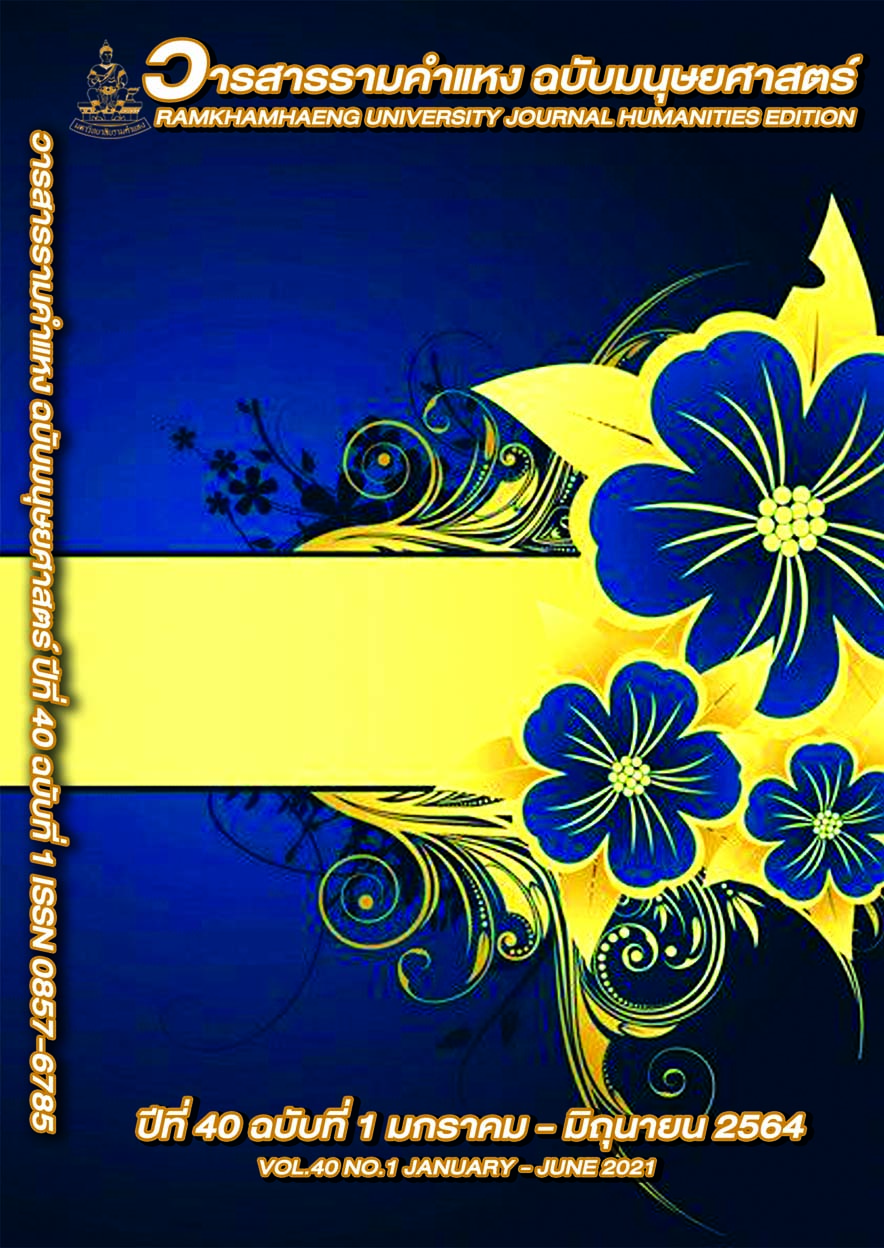The Roles of Stanza of Poets “Apollo” Affecting Modern Arabic Poetry
Main Article Content
Abstract
This article aims at tracing the historical background of the emergence and analyzing the role of stanza of poets “Apollo”. The study was conducted by collecting the related information on the background and the roles of stanza of poets “Apollo” during early 20th century.
Arabic poetry is a field of art that has been learned and passed down from generation to generation. With a long history, there has been a strict traditional style of writing. Moreover, Arabic poetry functions as a tool used to convey the feeling, thoughts, imagination, and wisdom of the Arabs of different ages. It also reflects the way of life, social conditions, politics economy as well as the prosperous culture of Arabs powerfully. In the end, it a popular art that expresses its continuity and evolution until today.
The poets’ group named ‘Apollo’ is partial to Modern Arabic Literary members, who is one of the poets’ groups who intended to escape the monotony of poetry cloven to the traditional metical patterns and melodies. It was introduced a novel way of writing poetry especially romantic poets in which the poets can freely communicate and express his feelings. Their imaginations were made through the intricacies of the poems’ language uses and delicate.
The poetry of the literariness-based group ‘Apollo’ focuses on presenting the poet’s identities and affections trough nature and surroundings. The content of poems is often associated with unrequited love. There are social issues camouflaged including the poets’ attitudes towards their environment and entities by using the rhetorical descriptions to create imagery and by using emotion and imagination as a key factor in poetry. This new kind of poetic phenomenon has brought about tremendous changes in modern Arabic literature in terms of overview of the structure of the poetry, presentation styles, and poetic concepts.
Article Details

This work is licensed under a Creative Commons Attribution-NonCommercial-NoDerivatives 4.0 International License.
The Copyright Notice will appear in About the Journal. It should describe for readers and authors whether the copyright holder is the author, journal, or a third party. It should include additional licensing agreements (e.g. Creative Commons licenses) that grant rights to readers (see examples), and it should provide the means for securing permissions, if necessary, for the use of the journal's content.

